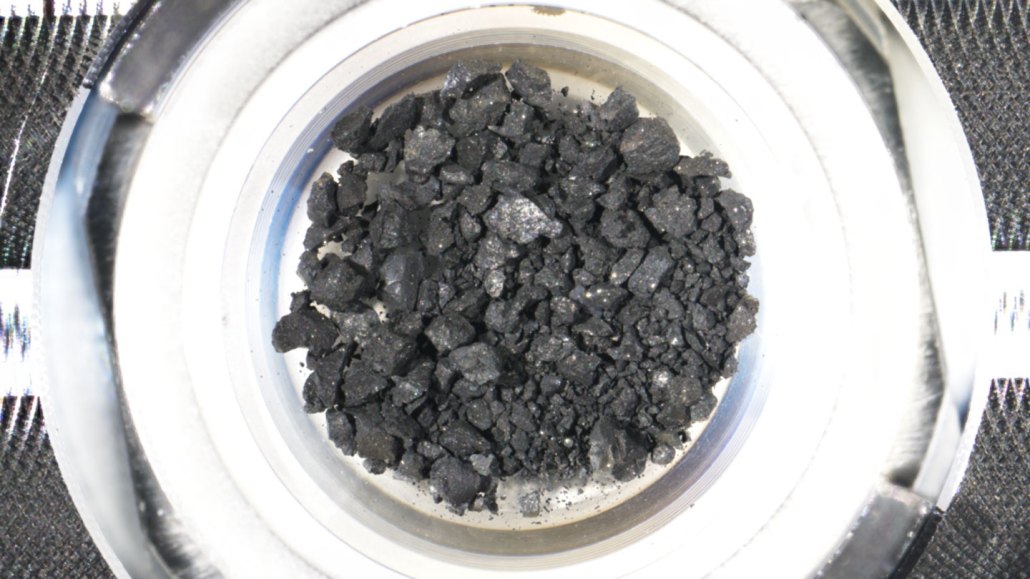Samples of the asteroid Ryugu are scientists’ purest pieces of the solar system
Analysis reveals the asteroid was evolving about 5 million years after the solar system’s start

The 31 milligrams of dust and debris from asteroid Ryugu seen in this photo, along with several other samples, are the most pristine pieces of the solar system scientists have ever studied.
JAXA







